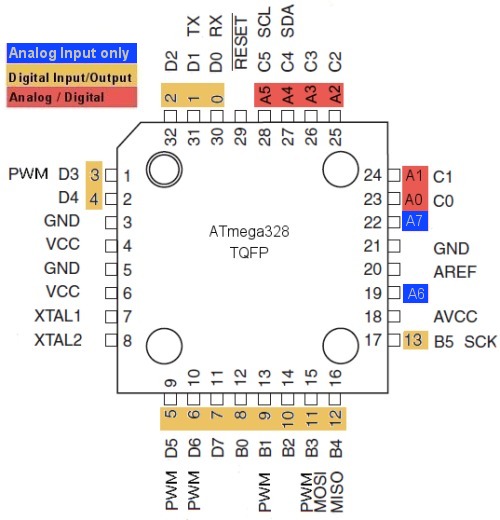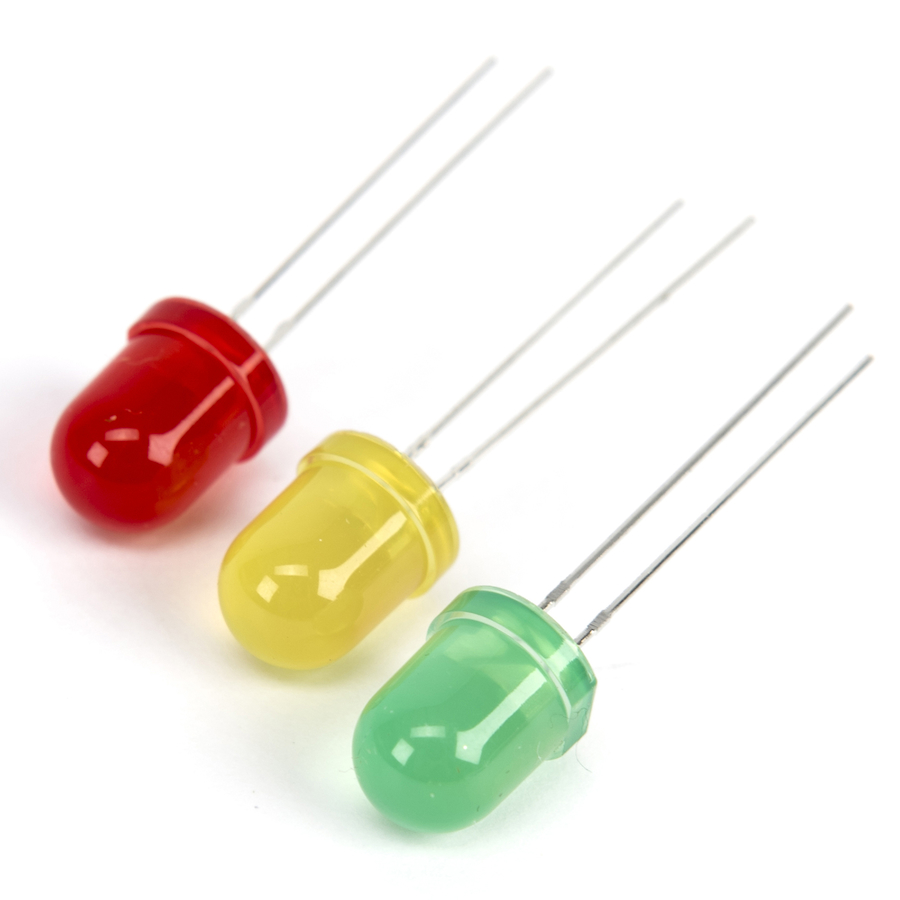Specifications of Arduino:
TTL level UART
Voltage level for TTL level UART

Programming

/* Name : main.c
* Purpose : Source code for LED Interfacing with ATmega328p.
* Author : Gemicates
* Date : 27-12-2017
* Website : www.gemicates.org
* Revision : None
*/
#include "Arduino.h"
// Pin 9, 10, 11 have LED's connected on Arduino board
const int LED1 = 9, LED2 = 10, LED3 = 11;
// the setup routine runs once when you press reset
void setup()
{
pinMode(LED1, OUTPUT); // initialize the digital pins as an output
pinMode(LED2, OUTPUT);
pinMode(LED3, OUTPUT);
}
// the loop routine runs over and over again forever
void loop()
{
digitalWrite(LED1, HIGH); // turn the LED1 ON by making the voltage level HIGH
delay(100); // function call for delay
digitalWrite(LED1, LOW); // turn the LED1 OFF by making the voltage LOW
delay(100); // function call for delay
digitalWrite(LED2, HIGH); // turn the LED2 ON by making the voltage level HIGH
delay(100); // function call for delay
digitalWrite(LED2, LOW); // turn the LED2 OFF by making the voltage LOW
delay(100); // function call for delay
digitalWrite(LED3, HIGH); // turn the LED3 ON by making the voltage level HIGH
delay(100); // function call for delay
digitalWrite(LED3, LOW); // turn the LED3 OFF by making the voltage LOW
delay(100); // function call for delay
}
